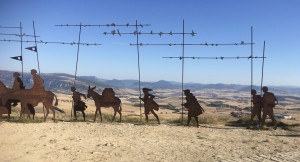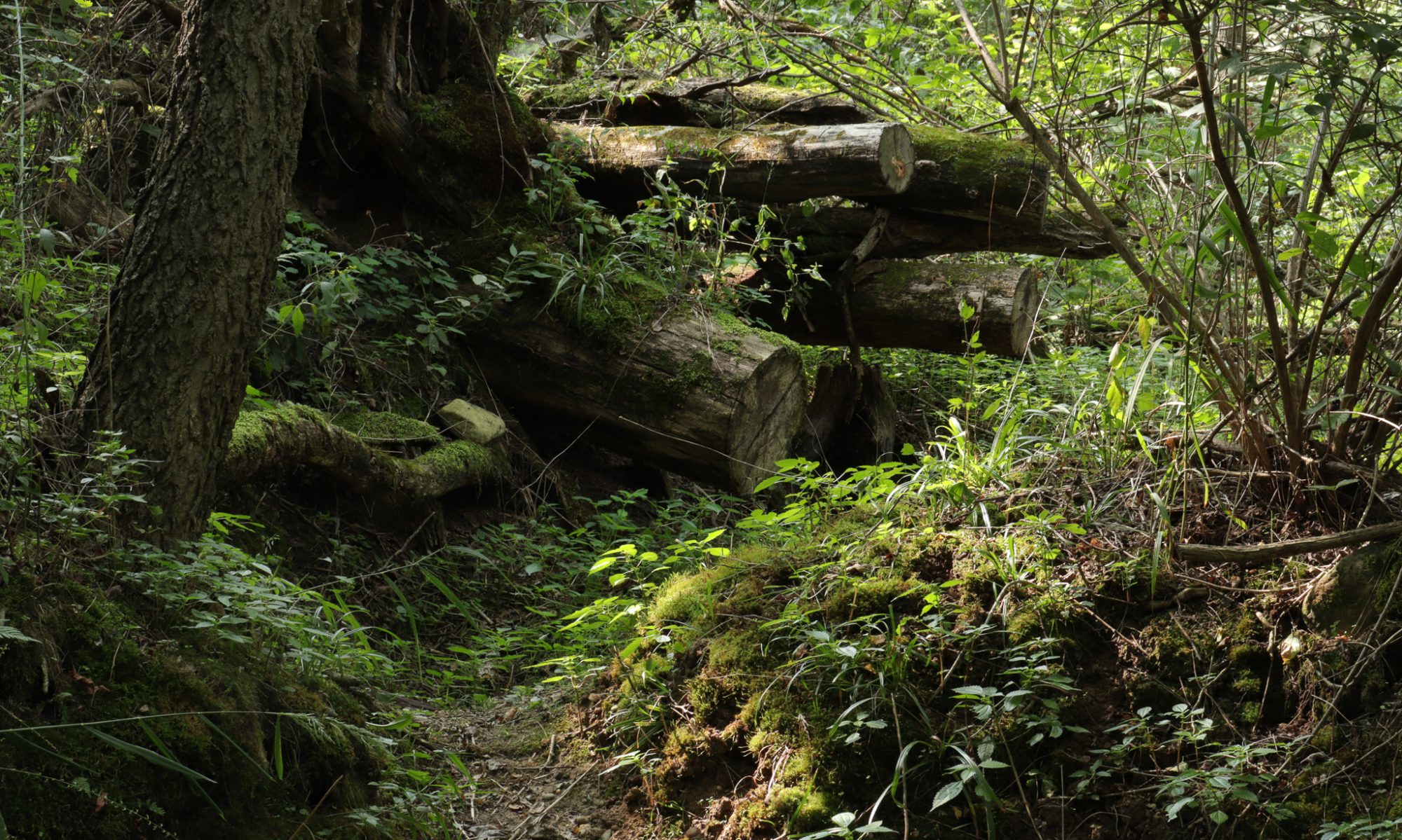
Our sabbatical spanned July, August, and September and was divided into two parts. The first month was dedicated to painting in our house and visiting family. The second and third months were spent on a long pilgrimage, walking the Camino de Santiago de Compostela in Spain. We walked 560 miles in 43 days, from St. Jean-Pied-de-Port in France to Finisterre in Spain. On our way to Spain, we stopped in Iceland for a short 5-day hike and spent a week in Southern France to celebrate our 30th anniversary. [A more detailed account of our journey is available on our Sabbatical Blog: twohermits.wordpress.com. Scroll down to the first entry “Getting Ready” and read back up through the various entries to get a flavor of our journey. Note that the entry “Paint” should be read before “On Our Way” and “Superlative Iceland.”]
We have many lessons to relate from our journey and many that we are only beginning to learn, now that the walking is over.
- We are thankful for the new friends we made among the pilgrims with whom we shared the journey.
- We are grateful for the experience of walking together on this strenuous trek.
- We remember the generosity of other pilgrims and that what was provided on any given day was what we needed.
- The walking was sometimes a struggle and sometimes easy.
- The experience of living with only what we need was a refreshing change from our stuff-laden lives. Washing our laundry daily by hand meant that one change of clothes was sufficient for the journey.
- Food and water were abundant along the way so we only carried what we had left from a previous meal that would then be incorporated into the next one.
- We had ample time each day to pray and reflect on our journey and our responses to natural wonders or illness, injury and exhaustion.
- Most days we found something to delight us. And when that proved elusive, we were grateful that the day’s walking brought us nearer to our goal.
- We visited many beautiful churches, and walked in walled towns, through villages, along rivers, over mountains, through forests, in vineyards and wheat fields, and along busy highways. There were flies and bed bugs to contend with but very few mosquitoes. The landscape was by turns rugged and urban, agricultural and developed. The landscape welcomed us or was at least indifferent to our presence.
- We found contentment in just being where we were each day.
